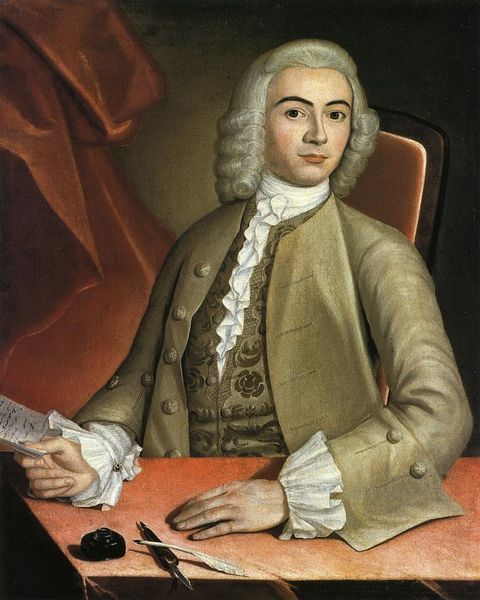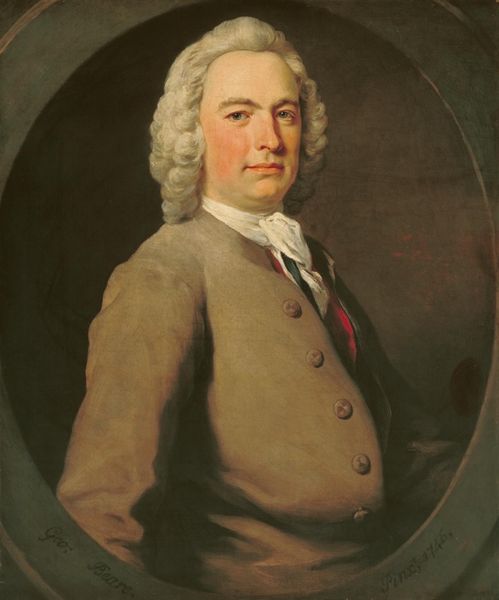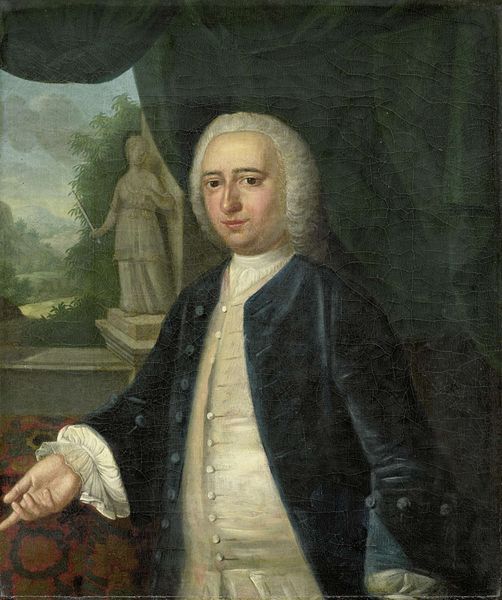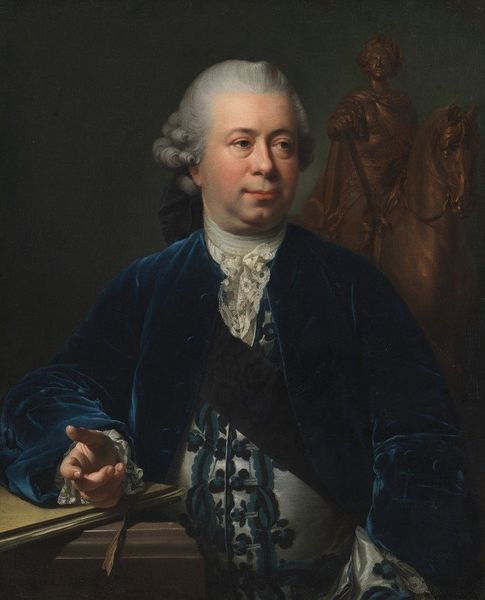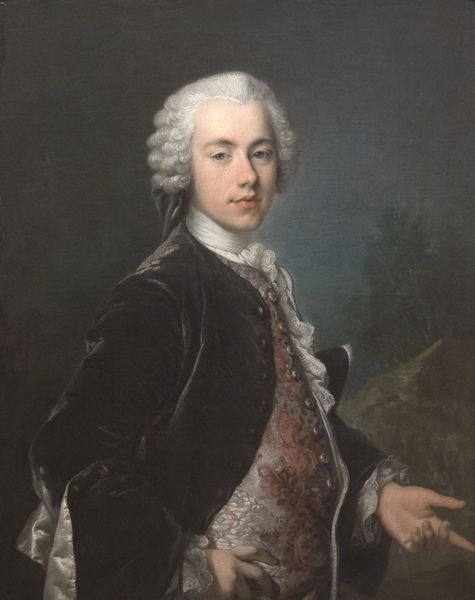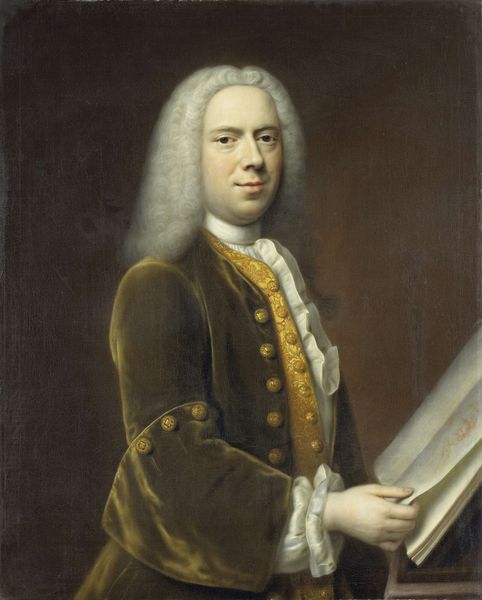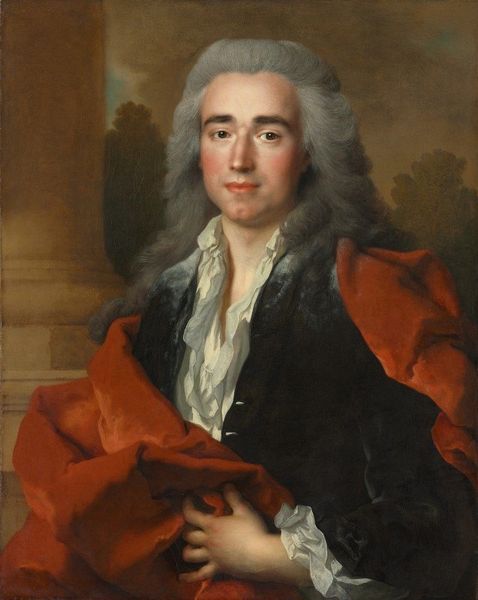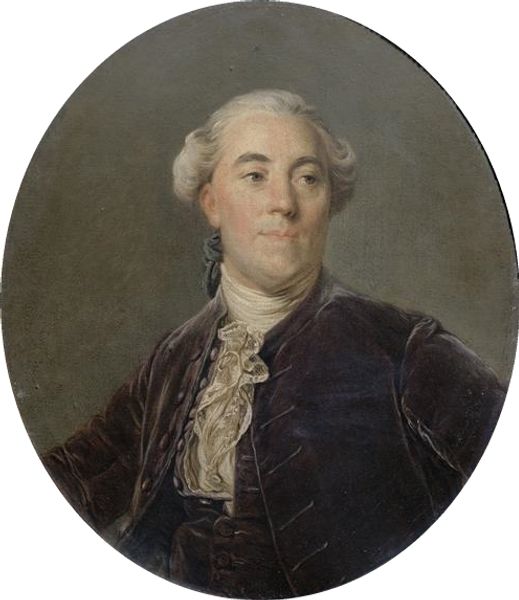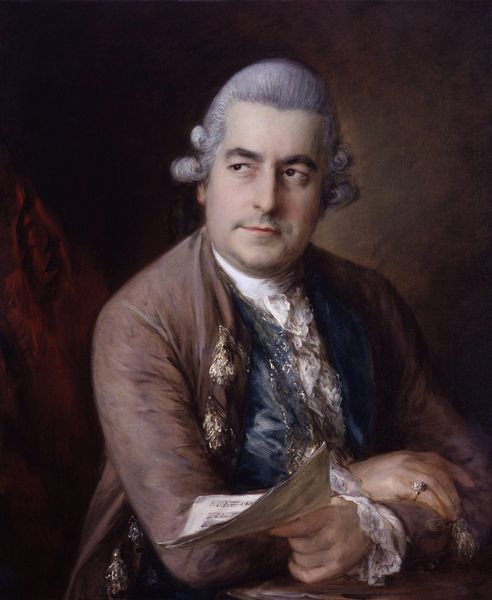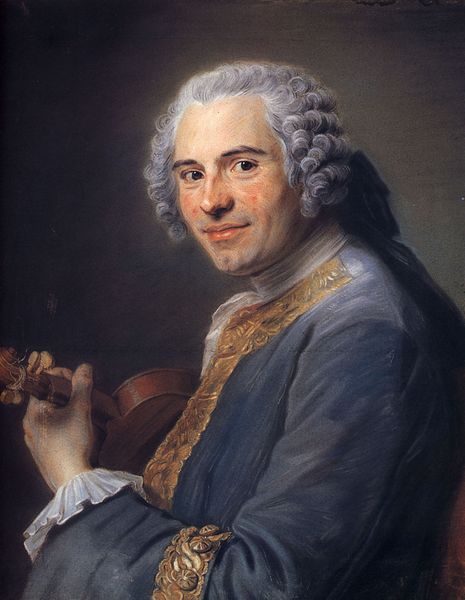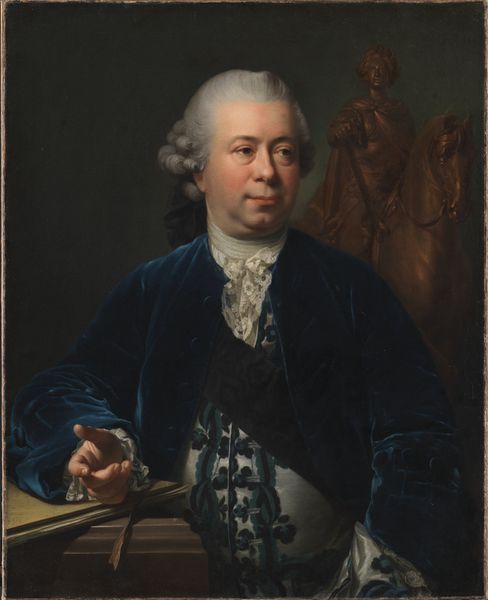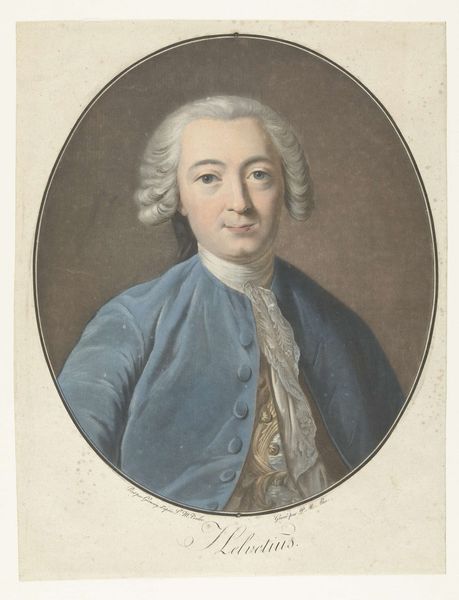
Eugène Joseph Stanislas Foullon d'Ecotier (1753–1821) 1785
0:00
0:00
Dimensions: Oval, 31 5/8 x 25 1/8 in. (80.3 x 63.8 cm)
Copyright: Public Domain
Curator: We're looking at Antoine Vestier's 1785 portrait of Eugène Joseph Stanislas Foullon d'Ecotier, an oil painting now residing at the Metropolitan Museum of Art. The painting encapsulates a sense of the Rococo and academic styles prevalent at the time. Editor: My first impression is one of poised, quiet authority. The dark blue velvet coat contrasting with the stark white wig creates a very striking visual anchor. There's an intentionality in his gaze. Curator: Indeed. Vestier painted Foullon holding a map of Guadeloupe, a detail that speaks volumes. During this period, France's colonial endeavors in the Caribbean were integral to its economic and political power, particularly concerning the enslavement of Black people for sugar production. Foullon's engagement in these administrative and commercial activities cannot be divorced from this broader exploitative structure. Editor: The map itself is symbolic. A rolled scroll and geographic depiction suggests power, knowledge, dominion. In his hand, the map transforms into an emblem of colonial control, embodying the systems that oppressed the indigenous populations and enslaved Africans. Curator: Precisely. The setting and paraphernalia within the painting are hardly innocent decorations; the inkwell and stacked papers hint at the bureaucratic mechanisms central to sustaining France's colonial operations. By situating Foullon in this manner, Vestier offers a potent reminder of art’s capacity to reflect and shape societal hierarchies and political ideologies. Editor: The delicate lace at his cuffs seems an interesting juxtaposition against the backdrop of colonial enterprise and inherent violence. It highlights the distance between the refined aesthetic sensibilities of the French elite and the brutal realities that sustained their lifestyle. Even his slightly enigmatic smile... is it pride? Accomplishment? Or a carefully crafted facade? Curator: It’s difficult to disentangle the personal from the political here. Vestier doesn’t seem to offer any explicit judgment, but rather presents Foullon within the material culture inextricably linked to systemic injustice. This artwork compels us to confront the complexities of historical representation. Editor: Agreed. It challenges us to acknowledge not just the aesthetic achievements of a bygone era, but also the uncomfortable truths embedded within them. This piece urges a deeper investigation. Curator: It definitely adds new, critical layers to our perception of 18th-century portraiture.
Comments
No comments
Be the first to comment and join the conversation on the ultimate creative platform.
